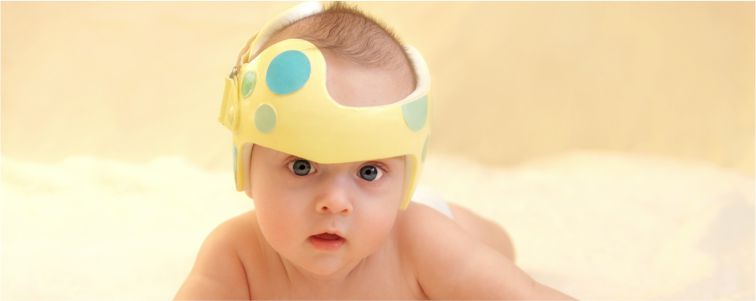A baby’s head is a matter of mystery and concern for most new parents. There are experienced opinions coming from all sides related to baby’s head and care guidelines. But it may come as a surprise to most new parents that their babies don’t have round heads and the shapes vary according to their birth experience and posture in the uterus.
Why don't newborns have perfectly round heads?
A newborn's skull isn't one solid bone. It has several soft plates that allow the head to compress during birth. This flexibility helps the baby pass through the birth canal. After birth, these plates gradually harden, forming the familiar round shape. Additionally, babies spend a lot of time on their backs. This can cause a flattened area to develop, especially if they favour one side.
Types of concerning head shapes
- Plagiocephaly: This is a flattening on the back or side of the head. It's usually positional and harmless.
- Brachycephaly: The head appears short and wide from the front. It can sometimes occur with plagiocephaly.
- Craniosynostosis: This is a rare birth defect where skull sutures (joints) close too early, affecting head shape and brain growth.
How to tell the difference?
- Plagiocephaly and Brachycephaly: These are often symmetrical and don't affect the facial features or feel like a hard lump. A healthcare professional can typically diagnose by visual examination.
- Craniosynostosis: The head shape may be asymmetrical, with a prominent ridge and a bulging fontanelle (soft spot). Early detection is crucial, so consult a doctor immediately if you suspect this.
Can an odd head shape affect my baby's health?
- Plagiocephaly and Brachycephaly: These typically don't affect brain development or cause health problems. However, severe cases might impact facial symmetry.
- Craniosynostosis: This can lead to developmental delays and increased pressure on the brain. Early intervention is essential to prevent complications.



